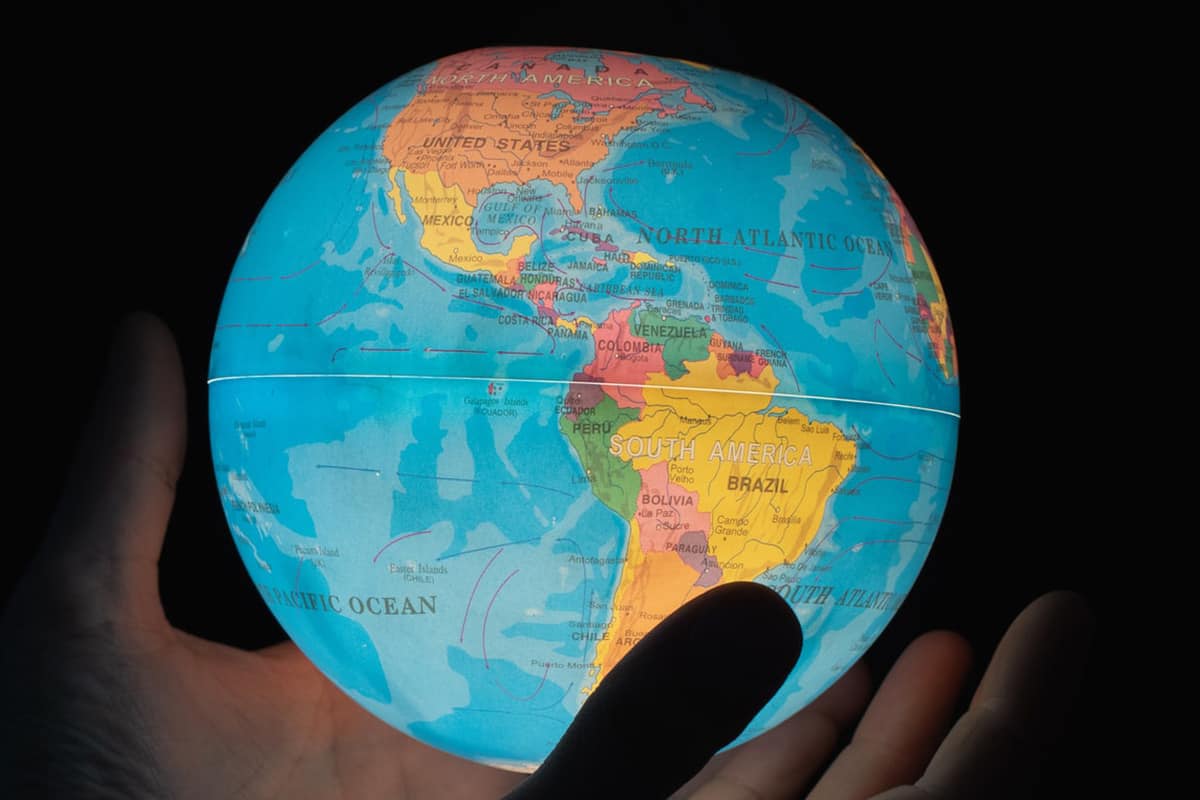Q24N (Reuters) Three US warships, carrying Aegis guided missiles, will arrive off the Venezuelan coast in the next 36 hours as part of the deployment ordered by President Donald Trump to combat security threats in the region.
This information is based on a news report distributed by Reuters and published by El Tiempo de Bogotá.
The aforementioned deployment of ships in the area had already been confirmed last week, El Tiempo de Bogotá recalled, when the Pentagon announced it would send the Iwo Jima Amphibious Ready Group.
On the other hand, the news agency recalled the report that the Trump administration had announced the deployment of the Marine Expeditionary Unit to the area.
This deployment of ships and other equipment in the area seeks to “counter threats to the national security of the United States from designated narcoterrorist organizations in the region,” an official told the agency.
On Monday, August 18, Reuters reported that the destroyers arriving off the coast of Venezuela will be:
- USS Gravely
- USS Jason Dunham
- USS Sampson
El Tiempo de Bogotá noted that this is the largest US deployment in the region since the invasion of Panama in December 1989.
According to the newspaper, 4,000 marines and infantrymen would be deployed to the region as part of the operation launched by Trump in the southern Caribbean Sea.
The objective, sources indicated, is for US equipment to operate in “international airspace and international waters.”
Why is the United States sending warships to Venezuela?
The deployment of these ships to the Caribbean can be interpreted from several perspectives:
- As a message of deterrence and presence: The presence of these powerful destroyers is a clear signal of the United States’ military capability in the region. Their deployment can serve as a deterrent against any potential threat to security and stability in the Caribbean.
- For security operations and the fight against drug trafficking: The Caribbean is one of the main routes for drug trafficking to the United States. These destroyers, equipped with sophisticated radars and detection systems, can be used to intercept and track suspicious vessels, collaborating with local forces in the fight against organized crime.
- Training and cooperation exercises: The U.S. Navy regularly conducts military exercises with its allies in the region. The deployment of these ships could be part of joint exercises, strengthening cooperation and interoperability with the navies of partner nations.
- Response to political instability: The political situation in the region, particularly surrounding Venezuela, is a factor that could influence the U.S. decision. While the Pentagon has not directly linked the deployment to the Venezuelan situation, the presence of these ships nearby could be interpreted as a precautionary measure against any escalation scenario.
Maduro’s Response
Venezuelan President Nicolás Maduro announced this Tuesday the mobilization of four million troops belonging to the National Militia—the fifth component of the Bolivarian National Armed Forces—on the territory, in addition to the activation of “all necessary mechanisms” to guarantee the country’s sovereignty.
This was in response to the deployment of three US destroyers, aircraft, and submarines off the Venezuelan coast to combat drug trafficking, a decision by Donald Trump fraught with serious accusations.
Washington claims Maduro is the leader of the Cartel de Los Soles and has doubled the bounty to US$50 million for the capture of the Venezuelan president, reported the Spanish newspaper El País.
“Militias prepared, activated, and armed,” Maduro said in a televised political meeting with leaders of the United Socialist Party of Venezuela outside the Teresa Carreño Theater. “And furthermore, we will continue advancing the plan to activate peasant and worker militias, with worker combatant corps in all the country’s factories and workplaces,” he promised.
Upon making these statements, in front of the entire Chavista national leadership, Maduro asked the audience: “Which of you is a militia member?” More than half the audience raised their hands.
“Rifles and missiles for the peasant force! To defend the territory, sovereignty, and peace of Venezuela,” he said amid applause. “Missiles and rifles for the working class, to defend our homeland!” he added.
Source link
Q24N



